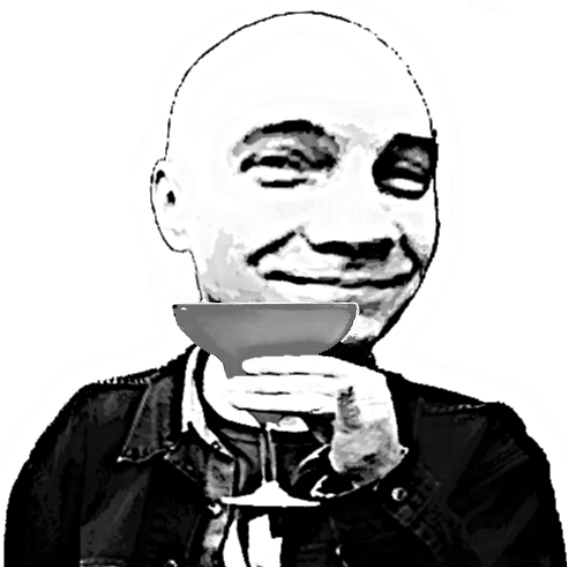Last year a student wrote a paper about rejuvenating his hometown’s economy by introducing “loose characters” to attract tourists and increase economic activity. Shocked by his proposal, I wrote a long note at the bottom of his paper excoriating him for taking such a cynical view of Japan’s rural economic problems, and pointing out that promoting his town with the help of drug dealers and prostitutes would bring only moral and financial ruin. He glanced at my note, appraised the indignant look on my face, and after a confused pause, pulled out his smartphone to introduce to me some images of Japanese yurukyara [ゆるキャラ = “loose” or “relaxed” characters].
Yurukyara turned out be cute-but-clumsy promotional figures—like homemade Disney characters—designed by local governments to attract tourists and business. Kumamon, an animated bear from Kumamoto, is perhaps the most popular of the many yurukyara, all the more so because he has no criminal record. (The same can’t be said of deceptively doe-eyed Funassyi from Chiba, a headbanger and miscreant who is well known to the police.)
Since then I’ve become aware of many other “loose characters” in the media. My own Okayama Prefecture perpetuates its locally famous “son of a peach” Momotaro story to promote tourism, fruit consumption, and interspecies dating. Yes, that’s right, the traditional Momotaro story has been cute-ified to the point that one of the ogres he once swore to kill is now his girlfriend!
Some public officials in tourist-challenged areas may go even further and toy with the very name of their locality. As another student put it in her paper on the same topic, “the best way to attract visitors is to change your hometown’s name.” At first I thought her advice was a bit excessive. Surely such an extreme act would be prudent only if you lived in a place such as “Pimple Peak” or “Sewage Springs”. But apparently some politicians don’t find it such a farfetched idea. A few years ago Kagawa Prefecture launched a media campaign, complete with mock press conferences and posters, in which the governor claimed he had exercised executive privilege to change the name of his prefecture to “Udon-ken” in honor of its noodle tradition. (The 24-karat gold toilet museum there wasn’t quite doing its job as a tourist trap.)
But would this be a wise move all around? Should Yamaguchi start calling itself “Fugu-ken” (Blowfish Prefecture)? Rather than give up a town’s historical name to the glare of its most attractive commodity, local leaders might do better to keep the name and simply attach a descriptive catchphrase to it, like many American states do when issuing automobile license plates: “The Sunshine State” (Florida); “The Corn State” (Iowa); “Seat Belts Fastened?” (Ohio); or “Not Quite Rectangular, but Definitely Not Square” (Utah).
 Naturally I’ve got some great ideas for Japanese prefecture catchphrases: “Ibaraki Rocks”; “Totally Tottori”; “Niigata’s Gonna Getcha”; “Don’t Be Sorry, Come to Aomori”; “Where’s Ehime, Anyweh?” It’s true that license plates here are issued at the municipal level, not prefectural, but some of these still might work: “Live the Saga Saga.”
Naturally I’ve got some great ideas for Japanese prefecture catchphrases: “Ibaraki Rocks”; “Totally Tottori”; “Niigata’s Gonna Getcha”; “Don’t Be Sorry, Come to Aomori”; “Where’s Ehime, Anyweh?” It’s true that license plates here are issued at the municipal level, not prefectural, but some of these still might work: “Live the Saga Saga.”
Cute, unrealistic representations of identity should be nothing new to us. We creatively modify our internet personas all the time, caricaturizing ourselves in order to enhance our images, sell ourselves, or maintain our privacy. Admit it: that 15-year-old cover photo on your Facebook page is just a “loose character” of who you are right now. So, after a good three minutes of creative brainstorming, I’ve finally picked out my own yurukyara:
Meet Ojitchi (オジッチ)! Cleverly combining “OG” and a Japanese word for “reality” (実地 [jitchi])—with maybe a little “old guy” (おじさん [ojisan]) in there, too—Ojitchi represents the most charming qualities of an unpaid humor columnist for a specialized, limited-distribution journal. Watch for the campaign posters on your local police station bulletin board.
